In today’s context, everyone speaks of process oriented architecture, a new form of technological advancement. Radical thinking has helped architects break away from the norms and create masterpieces. These have been possible through contemporary processes such as motion kinematics, key shape animation, genetic algorithms, diagrams, cellular automata, shape grammar and so many others.World architecture has witnessed several imposing works produced through processes.
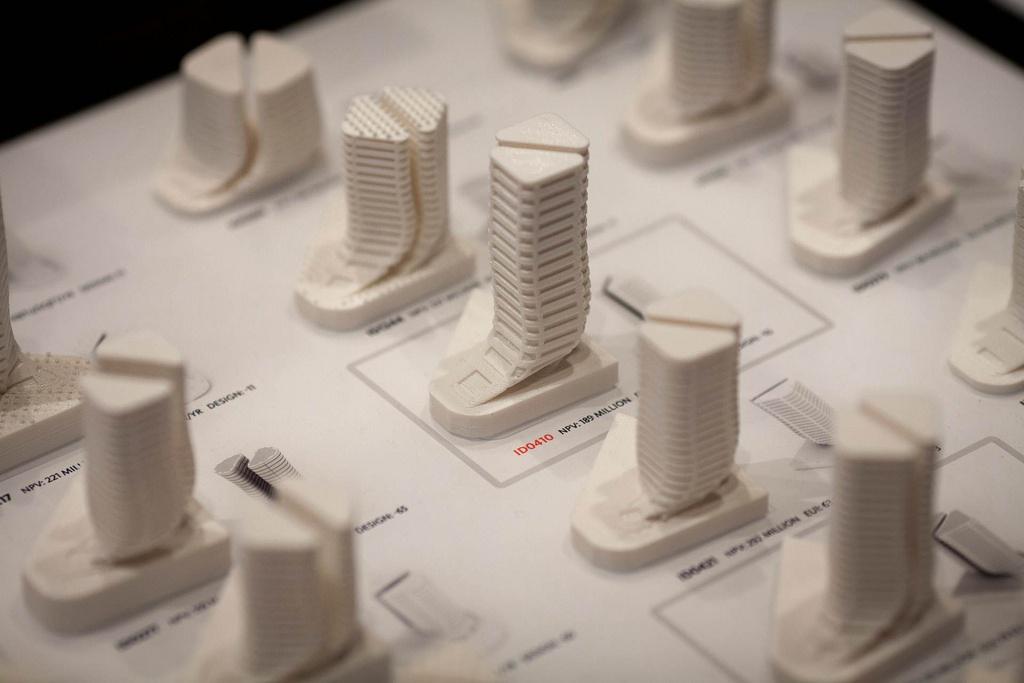
However,considering India, it seems as though the essence has still not permeated far enough. There is a dichotomy in that, on one hand, process oriented architecture values time – it evolves over time.
On the other hand,architectural practice has the challenge to continuously cope up with today’s fast paced life. Speed drives the society these days. This conflict needs to be resolved for enhancing the quality of architecture that we produce. Process oriented architecture does not develop overnight. It assimilates, morphs and transforms over a period of time. Again the basic disjoint between theory and practice occurs here. Process oriented architecture becomes more of the theoretical kind.

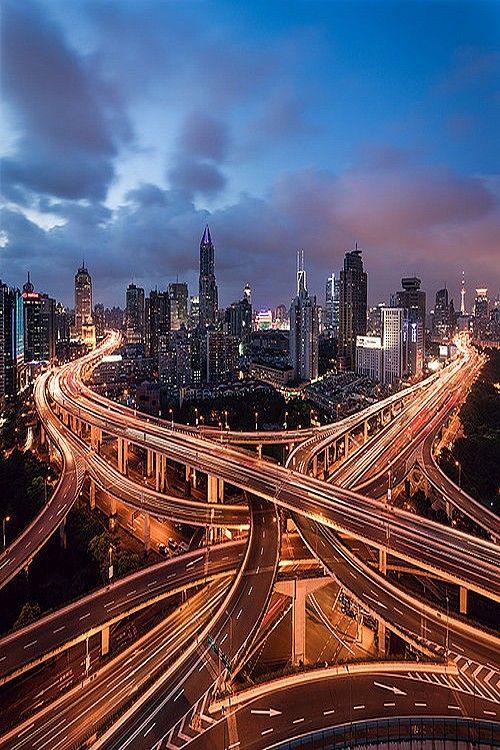
Considering technology and its advancements in the present day society, it is amazing how man has evolved, improved and sustained himself with his innovations. Although these have made life more complicated, technology has still become an indispensable factor. With high rise apartments adopting the ‘doka’ or prefabricated wall system, we have almost disdained ourselves from using conventional brickwork involving intensive manual labour. Technology aids speedier construction as well as it mediates expensive labour at the same time. The mindset of people also plays a major role in the acceptance of technology amongst everyone. Who would want to do lime plastered walls and egg polished floors these days? They are more time consuming. Clients would rather prefer marbonite or vitrified tiles which are much easier to maintain rather than the traditional types.Commercial offices for instance give a lead time of just twelve or eighteen months for their buildings. Man does not seem to play with science, why then architecture? We wait patiently for ten months for a child to be born, but we anticipate completion of the next project a few months earlier than the previous one!
Talking of cyberspace, today the world is a totally different place with Internet and accessibility. We no longer have to go through strenuous procedures of approval to do things like publishing an article. In earlier days, articles could be published through limited sources, either in a book or in a newspaper.Considering we had to get it published in a newspaper, the credibility of the article would have to be assessed, its content and the impacts it would create when published would be scrutinized and finally the article may be selected for publishing or may even be rejected. But today, anyone anywhere has the freedom to put forth their opinions though blogs, or upload any videos on YouTube and so on. Is this not the result of technology? It is fine, maybe even a boon as far as positive things are concerned. But with the good, the bad also comes,and the worst part is, it cannot be stopped. Imagine how much restriction would be there to publish a controversial subject in a newspaper, maybe something that stirs a riot amongst people. Today, a single individual can create a turbulence through his writings and the speed at which the information travels is alarming. Again, it may be constructive in terms of spreading a good message, but not all information is worthy.


In fact, today technology has become a threat to practising architects, a form of silent torture in that clients have or rather think they have considerable knowledge of architecture even before approaching an architect for their project. In the past, not much of interdisciplinary knowledge had been existent. A client used to come to the architect to make a home for him and he completely relied on the architect. But today, with advancements in technology,clients get instant access to information and their minds are already overflowing with several ideas before meeting the architect. It is not amazing to have heard descriptions from clients about their dream homes, of”having a traditional Kerala house” (given the context as Chennai!)”with long eaves, clay tile roofing and a huge lawn”(which is borrowed from the English landscape) “in the foreground and a spatious portico” (a British inspiration) “that opens into a huge double height lobby with a magnificent Italian chandelier hanging in the middle…” What would be the result of this? Obviously a collage. Earlier,an architect had the duty of educating his client with his expertise on the field. But today, with rapid information transfer, the clients feel they have gained as much knowledge or even more than that of the architect engaged in their project, by doing a few hours of browsing on the internet, as compared to our five years of hard earned knowledge. Technology has therefore become a”threatology” to us eventually!
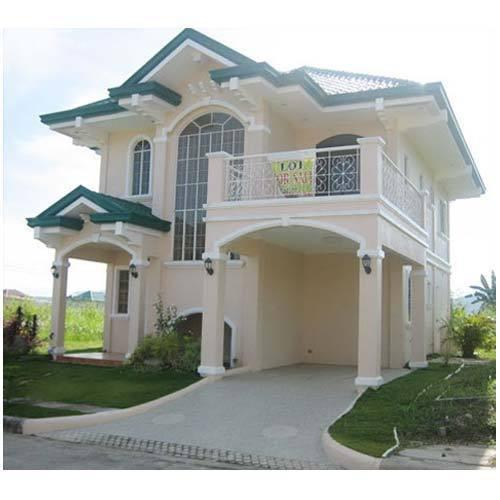

Considering how architects worked in the past, there would have been very minimal interactions between architects and the site or client and these were also made only when really necessary; the time of an architect was valued much. One would not dare to disturb the architect, seeking to change the colour of his compound wall to baby pink because his child likes it! An architect was respected for his works, his tastes, his commitment and finally his knowledge. Technology has made the client compete with the architect of today. Emails have become a curse to architects, as much as they are a boon. Every time a design is sent to the clients, there are alterations to it and the expectancy of modification keeps increasing. Design is no longer the product of the architect; client becomes designer of his house too! Nothing wrong, but the cobbler makes boots, and the carpenter makes furniture, not the other way! Why then do people treat architects alone differently? It is fine if the client is actually knowledgeable and gives constructive inputs to the design; however, in most cases, it is sad that the slipper gets into the wrong foot! These are the people who fail to understand the difference between information and knowledge. And technology does not care about all that, which is the nature of technology itself!
Overtime, the home was a place which witnessed growth, in the sense that the home grew with the people living in it. Today, it only serves as a place to sleep and spend the night, with our busy schedules. This stringent attitude reflects in the architecture too. Think of the old Chettinad houses which were so vast and magnificent and compare them to how they have shrunk over the years into the single room apartments of today! With so many technological advancements, we have made life so sophisticated but failed to understand the fact that the beauty of life lies in the simple things that nature has given us. Technology through industrialization had led to machine driven architecture – the scale of the human is no longer significant. We started thinking ‘big’; however we lost nativity of the ‘small.’

Massive cranes and other state of the art construction equipments, waterproofing techniques, solar power generation, energy efficient buildings have all been possible with technological advancement. However, it is not in our hands to control the forces of nature, such as earth, water, wind, sky and fire. We can only design for an earthquake resistant building, but the probability of an earthquake occurring is not known to us.

We have created huge skyscrapers that compete with nature and grow like the trees that surround them. But whatever said and done, these are eventually made by man. These can never overthrow nature’s creation. It is like dressing up for a top level dinner party but not knowing to speak fluently. It is a literal form of imitation. Man was able to do a lot of things, but he has failed to understand the superiority of the environment in which he lives.
“We can only design for nature, we cannot design nature.”
Related Articles
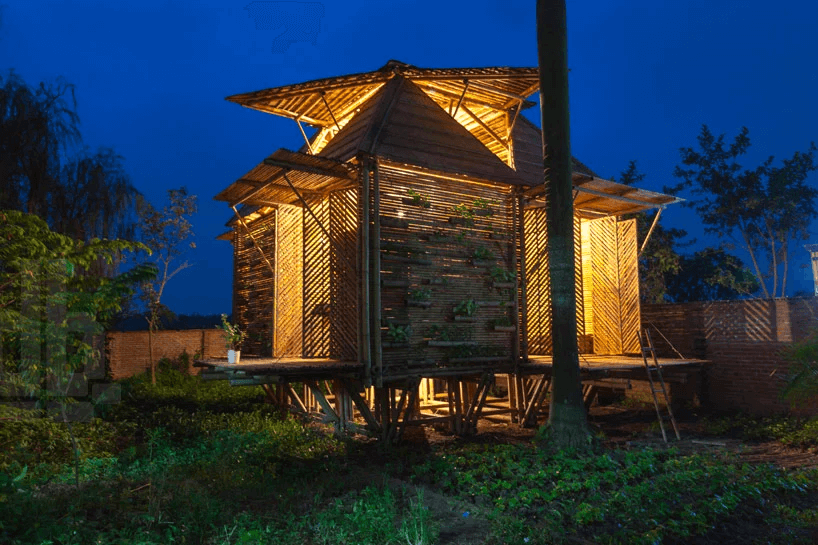
Tropical Architecture Series – Blog 1
Human life as we know it was created 200,000 years ago. Despite being vulnerable, we humans have conquered swathes of territory, like no other species before us. After 180,000 years of nomadic living, thanks to a more clement climate, humans settled down in...
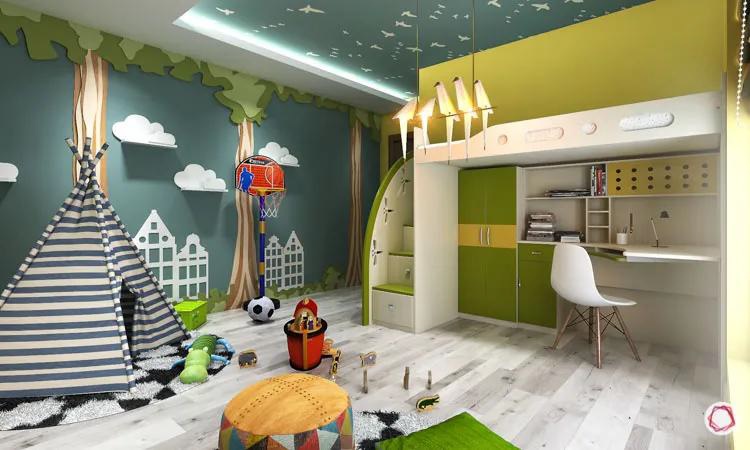
Divvying Living spaces : How the Pandemic Re-Shuffled Our Homes
by Ramya Shree K.K.Without a doubt, the COVID-19 pandemic has changed how we live. With most people around the world spending significantly more time in their homes than ever before, people are devoting more time and energy into finding more uses for their living...

Does everyone need an architect?
There is a myth that an architect will work for people with more land and will charge an exquisite amount of money in designing them. Few architects of old generations sometimes design for people with more than a particular level area. Nowadays, all architects...
